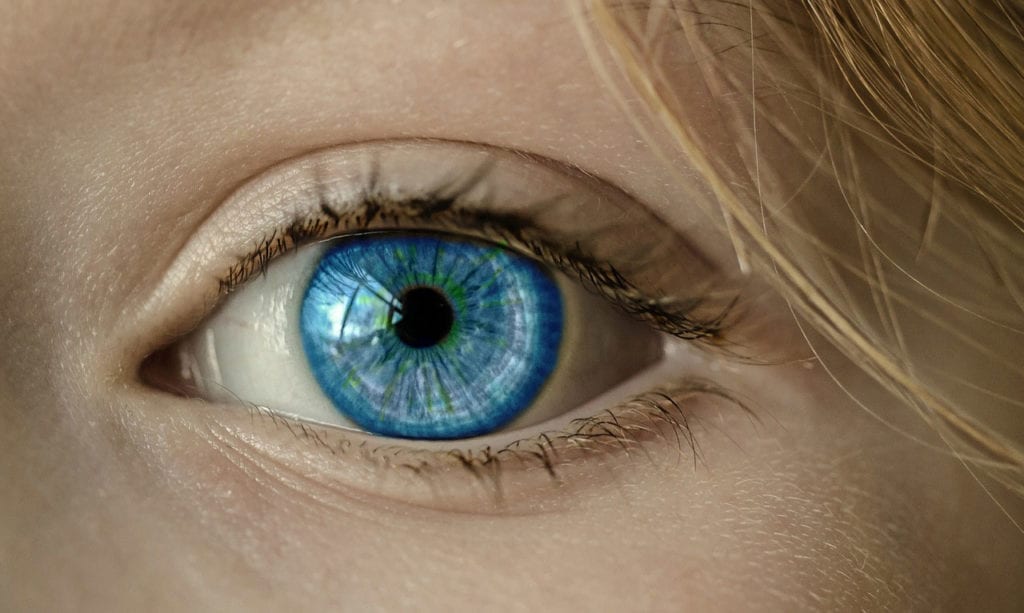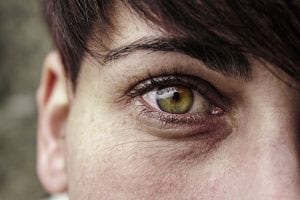Sometimes, companies work together to develop the best therapeutic options for patients. According to Optical Prism, biopharmaceutical company reVision Therapeutics, Inc. and specialty pharmaceutical company Aequus Pharmaceuticals Inc. recently joined together in a new collaborative partnership to develop REV-0100 for patients with Stargardt disease. Though the treatment was originally developed by reVision, this new agreement offers Aequus the chance to acquire commercial rights to the treatment within North America.
REV-0100
According to reVision, REV-0100 is:
a repurposed, GRAS (generally recognized as safe) compound delivered intravitreally that could work as a first-line therapy or in combination with other products.
Previously, lipofuscin, a type of lipid, has been shown to play a role in Stargardt disease. In particular, lipofuscin accumulates to a toxic level, prompting retinal degeneration and cell death. REV-0100 works by binding to lipofuscin and removing it from the retina and from the body, thus preventing retinal degeneration. Pre-clinical studies have shown that REV-0100 is effective in clearing this lipid from the body. Thus far, REV-0100 has received both Rare Pediatric Disease and Orphan Drug designations from the FDA. It is also currently under a granted patent, as well as a number of pending patent applications, from Weill Cornell Medicine.
As there are no current FDA-approved therapies for patients with Stargardt disease, REV-0100 has the potential to significantly improve patient outcomes and fill an unmet need. This collaboration hopes to begin clinical trials to evaluate the treatment by early next year.
Stargardt Disease
Stargardt disease is an inherited retinal disorder characterized by rod and cone death. Typically, ABCA4 gene mutations are associated with this condition. Normally, ABCA4 encodes for the production of a protein which clears vitamin A byproducts out of the eyes. However, as these byproducts accumulate, it causes vision issues. In many cases, vision loss begins in childhood or adolescence. Some other patients may not notice vision loss until adulthood. Although many patients end up with 20/200 (or worse) vision, Stargardt disease is usually not associated with complete blindness. Symptoms include:
- Color blindness
- Peripheral vision loss
- Bright light sensitivity
- Difficulty adjusting between light and dark environments
- Gray, hazy, or black spots in central vision
Learn more about Stargardt disease.








